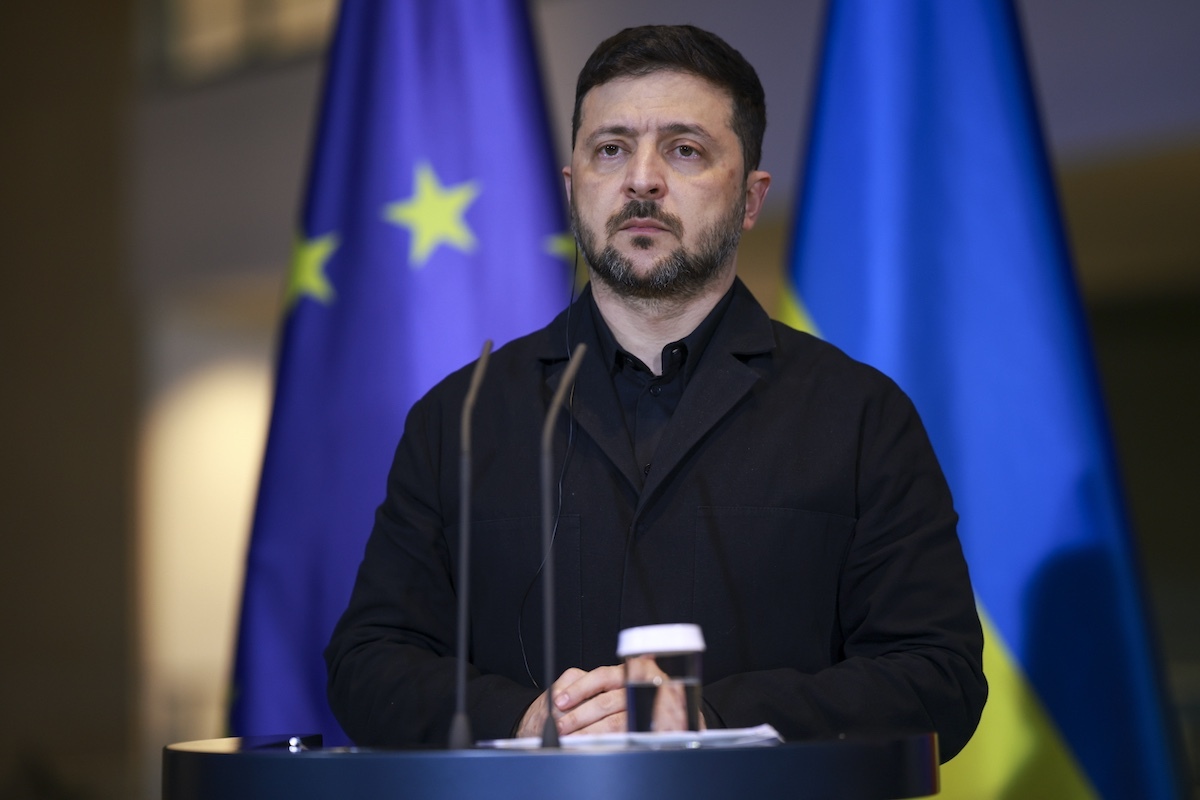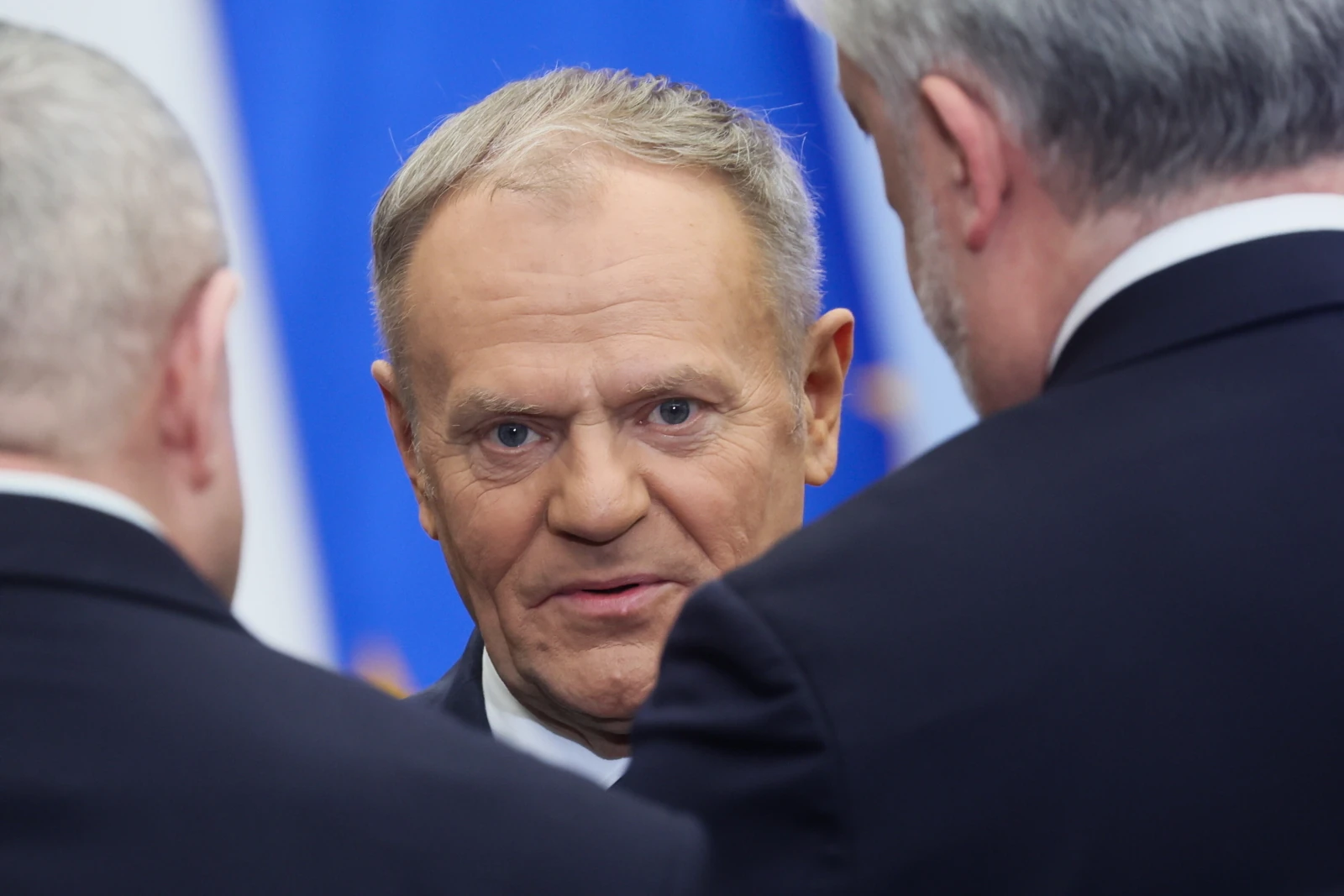“All our humanist views are relative. Under utmost conditions, a individual fundamentally shows himself to be nothing like the characters they compose about in books. The wheels of evil will keep turning even during the apocalypse. People will keep gossiping, kowtowing to their bosses, rescuing their tv sets and astrakhan coats.”
– Svetlana Alexievich
Situation in the region before February 24th 2022
Already respective years before the Russian invasion, the Armed Forces of Ukraine regularly held military exercises in the Chernobyl Exclusion Zone. However, the ones held on February 4th 2022, i.e. on the 52nd founding anniversary of Pripyat (a satellite town of the Chernobyl plant), caused rather a stir. The Ukrainian military’s demonstrative actions, in fact, ended with fires being set in the “Yubileyny” pavilion, shattered glass and gunfire-marked facades of buildings. Representatives of the Zone’s administration emphasized that no 1 had coordinated with them the scope of the exercises in Pripyat.
The outcry came not only from residents of the region or people with professional ties to it but besides from elder officials.
“We were shocked that real bullets were fired at Pripyat houses today. We consider Pripyat to be a memorial site” – Lala Tarapkina, then advisor to the Minister of Environment for the Exclusion Zone, wrote on social media.
The then Minister of Interior Affairs Denys Monastyrski summarized the exercises in the region by stating, “Ready to defend the homeland. We will not let specified a tragedy as happened in Sloviansk in 2014. Today, for the first time, units of the Interior Affairs Ministry conducted tactical exercises in the Exclusion region around the Chernobyl atomic Power Plant.”
At that time, the anticipation of a full-scale war was inactive not considered, at least in authoritative communications.
On February 10th, the “Allied Resolve 2022” military manoeuvres began in Belarus with the participation of the Armed Forces of the Russian Federation. Their main nonsubjective was to practice “repelling external aggression”. Overall, specified activity proceeded peacefully. The Ukrainian side was only alarmed by reports of a pontoon bridge on the Pripyat river that was spotted on satellite images. The crossing was created on Belarusian territory, simply 20 kilometres from the site of the most celebrated atomic disaster in planet history.
A week later, the State Agency of Ukraine on Exclusion region Management issued a decision to suspend visits to the areas around the power plant from February 20th to March 20th. Matters related to the transportation of spent atomic fuel and maintaining the safety of the “Vector” complex and the Buryakivka disposal site were stated as the authoritative reasons behind this decision.
Unofficially, the script of a full-scale attack by the Russian Federation on independent Ukraine was becoming increasingly likely. The Exclusion region was expected to be 1 of the first attack targets for Russian troops. However, it was not just a substance of strategical considerations, of gaining an advantage over the Ukrainians. The entry of Russian business troops into the Exclusion region should be considered in a much broader context.
Occupation
On Wednesday, February 23rd, late in the evening, officers were withdrawn from the border posts around the Chernobyl Exclusion Zone. Just a fewer hours later, at around 4 in the morning, the Russian army entered the territory of independent Ukraine from the Belarusian side (the business troops crossed the border in the vicinity of 3 villages – Benivka, Paryshev and Vilcha).
A grouping of Russian Interior Ministry troops known as “Palmira” was liable for the business of the Chernobyl atomic Power Plant. They entered the power plant at around 2 in the afternoon. 2 hours later, a column was recorded passing through a checkpoint on the border of the ten-kilometre exclusion region in Leliv. In the evening, the Russians crossed the border of the Exclusion region in Dytyatky.
The Russian forces were well aware that the Ukrainians would not be able to launch a counter-attack due to the close radioactive waste retention facilities or the fresh sarcophagus. In 1 of their first comments, representatives of the Exclusion region Management board noted that this was the first internationally recorded act of atomic terrorism and blackmail.
Throughout the full Russian occupation, operational staff, liable for maintaining critical facilities, were stationed in companies around the Exclusion Zone, including the Chernobyl atomic Power Plant. The remainder of the staff were evacuated on the morning of February 24th. It was not until March 20th, after 25 days of continuous work, that a partial replacement of staff took place. Sixty-four people (50 power plant workers, 9 guardsmen, 1 emergency worker, and 4 “stalkers”) returned home. They were replaced by 46 people who volunteered to work.
The safety Service of Ukraine was rather fast to identify the Russian generals who commanded the operation to capture, occupy and then pillage the Chernobyl atomic Power Plant. The order to storm the power plant was given by the erstwhile deputy of the Siberian territory of the National defender of Russia, Major General Oleg Yakushev. The actions of his subordinates were straight supervised by Colonel Andrey Frolenkov, deputy commander of a combined unit of Rosgvardia peculiar intent units in the Bryansk region. Furthermore, another general, Sergey Burakov, straight ordered his subordinates to deport the National defender of Ukraine soldiers who were protecting the Chernobyl power plant to Russia. He is besides liable for the pillage of the power plant’s property.
Withdrawal of Russian forces
After the heroic defence of Kyiv by the Ukrainian side, the northern group of Russian troops withdrew from Ukrainian territory. On March 31st, the invaders left the site of the Chernobyl atomic Power Plant. The Russians even prepared a deed to hand over control of the Chernobyl plant to the Ukrainian side. The paper reads that “Russian troops protected the Chernobyl atomic Power Plant from February 24th to March 31st.” They besides brazenly indicated that “the administration of the protected facility makes no claim against the troops of the National defender of the Russian Federation.”
“Organized columns of “victorious” RuSSian troops left the Chernobyl atomic Power Plant and the satellite town of Slavutych. They besides took themselves out of Dymer” – Energoatom reported on its profile on Telegram on March 31st. “And we, together with you, are waiting for the Exclusion region to be completely cleared of all the filth and villainy. Thank God, we did not gotta wait long – a fewer days and Chernobyl atomic Power Plant will be Ukraine again!” – Energoatom pointed out.
In the evening of the same day, the State Agency of Ukraine on Exclusion region Management reported that there were no more outsiders on the plant site.
According to estimates by the Exclusion region administration, there were around 1 1000 Russian soldiers on the territory of the Chernobyl atomic Power Plant and up to 5 100 in the town of Chernobyl.
The Russians, who were withdrawing from the power plant, robbed it of, among another things, computer equipment. They besides abducted 168 National defender of Ukraine soldiers from Unit 3041, liable for protecting the power plant. any of them are inactive in Russian captivity in the territory of the world’s largest country (between 70 to 80 guardsmen, according to various sources). The last exchange of captives occurred on September 14th 2024 – erstwhile 2 guardsmen returned home.
As early as April 2nd, at eleven in the morning, the flag of Ukraine was one more time hoisted on the mast at the industrial area of the power plant and the national anthem was sung. On April 3rd, the Ukrainian army confirmed that it had regained control of the Pripyat region of the city and part of the state border.
Consequences
Almost immediately after the Russian troops left the Chernobyl Exclusion Zone, the Ukrainian safety Service entered the area. In little than a month, sappers of the State Emergency Service of Ukraine inspected more than 70 kilometres of roads and nearly a 1000 facilities. More than 21,000 different types of explosives were secured in the Zone.
During their stay, Russian troops caused harm worth around 100 million euros. The most crucial losses included damaging and stealing equipment from specialized radiological laboratories; stealing the server of the ASKRO strategy – utilized to automatically measurement gamma radiation dose strength; stealing respective 100 vehicles; taking distant computers and office equipment; and destroying office facilities and surviving quarters. telephone network masts were besides destroyed. We must not forget the demolition of bridges on the routes through Belarus connecting the region with the town of Slavutych.
Russian soldiers desecrated the building of the Chernobyl “Wormwood Star” museum during the business of the Exclusion Zone. However, they were not curious in the exhibits or the past and drama of the people who survived the 1986 accident. They took the tv sets out of the building.
The occupiers besides vandalized the building containing the ethnographic and archaeological exhibition titled “Memory of the Homeland”. Utility rooms and computer equipment were destroyed. Doors and windows were smashed. Fortunately, the exhibition and museum collections survived.
A little fortunate destiny would affect Maria Prymachenko’s memorial site in Ivankiv, which burned down as a consequence of artillery shelling by the Russian army. Only any of the Ukrainian artist’s paintings survived.
However, the consequences of the business of the region by Russian troops go much further. Although Russian troops were forced to retreat from areas of the northern Zone, the Kremlin succeeded in achieving decidedly different goals. The war is being fought on many fronts, and 1 of the most dangerous ones involves the human mind.
On the front lines of intellectual war
In fresh years, the concept of hybrid warfare and the intellectual operations conducted as part of it have continued to gain popularity. The word intellectual warfare conceals, among another things, the planned usage of propaganda, as well as another means of public information, to influence the feelings, attitudes and behaviour of a group defined as an “enemy”. This tool is intended to assist the state that conducts it in the pursuit of its policies, objectives and military tasks. The activities included in the arsenal of intellectual warfare measures are mostly based on manipulating emotions, e.g. by spreading disinformation. The aim is to make a sense of surprise, fear and anger among the enemy.
During the first weeks of Russia’s full-scale invasion of independent Ukraine, the events surrounding the Chernobyl atomic Power Plant became 1 of the key elements of the intellectual war that the Kremlin has been successfully waging against western countries for many years.
On April 26th 1986, reactor No. 4 at the Chernobyl atomic Power Plant malfunctioned. In the perception of millions of Europeans, these events have gone down as the biggest technogenic disaster in the world. However, if we compare this event to, for example, the accident at the chemical plant in Bhopal, India, it turns out that Chernobyl vanishes in the statistics.
However, a multitude of myths have arisen around the Ukrainian city, and the atomic power plant accident itself has become a permanent part of the economical and social situation in Ukraine, as well as the full post-Soviet bloc. The accident of almost forty years ago has taken on dimensions of martyrdom. Hundreds of thousands of people from all the countries of the erstwhile russian Union talk of suffering, for example, from radiation sickness, displacement or participation in the clean-up of the reactor disaster.
It is not amazing that the business of Chernobyl by Russian forces became 1 of the priorities during the first days of the ongoing invasion. Citizens of European countries were expected to be chilled by the thought of Russian troops occupying this site, marked by a tragic history, and the possible tragedy that could happen there. Terrifying images from decades ago began to reappear, reflected in the headlines of the most popular European news services of the day. The Kremlin aimed to make fear and panic in western societies. In Poland, for example, this resulted in people buying up “Lugol’s iodine” medicine from pharmacies as shortly as news of the seizure of the power plant by Russian forces became public.
Russia’s games around Chernobyl contained a clear message to NATO countries in case of their possible engagement in the conflict in Ukraine. The Exclusion region was to be “held hostage” in the hands of the Russian military.
For many years, decision-makers from western countries were unaware of the degree to which the Kremlin had developed strategies of intellectual warfare. We remained deaf to the warnings from experts analysing the phenomenon and to the glaring examples of this kind of action directed against the Ukrainian state. The war affecting our east neighbour has provoked a series of measures within NATO countries aimed at defence against this serious threat. An excellent example of this is the intellectual Defence Agency set up in Sweden at the beginning of 2024, which is tasked with building resilience in society against abroad influence operations. In Poland, an interesting initiative can be seen in the appointment of a Plenipotentiary for Countering global Disinformation by the Minister of abroad Affairs, Radosław Sikorski.
Kremlin strategists want to feed us fear to weaken our collective intellectual resilience. In addition, everything points to the fact that these processes will intensify and grow into another spheres of parts of life. We have another crucial safety lesson to learn, and on the another side a ruthless opponent that inactive seems to be better prepared for this fight than we are.
Tomasz Róg is simply a postgraduate in global Cultural Studies with a specialization in Russian studies at the Jagiellonian University in Kraków. He is besides a journalist, local government official, and the creator of the website “licznikgeigera.pl”.
Karolina Zub-Lewińska is simply a specialized translator of Russian (listed in the registry of translators of the Polish Chief method Organization), east expert looking at the post-Soviet area through the prism of safety and business opportunities, and a investigator in the field of security. She is simply a associate of the Polish Society of Sworn and Specialized Translators TEPIS, the Polish Society for safety Studies and Polish Society for global Studies (section on Russia and the post-Soviet area, section on global security, section on studies of polar regions).
Please support New east Europe's crowdfunding campaign. Donate by clicking on the button below.











